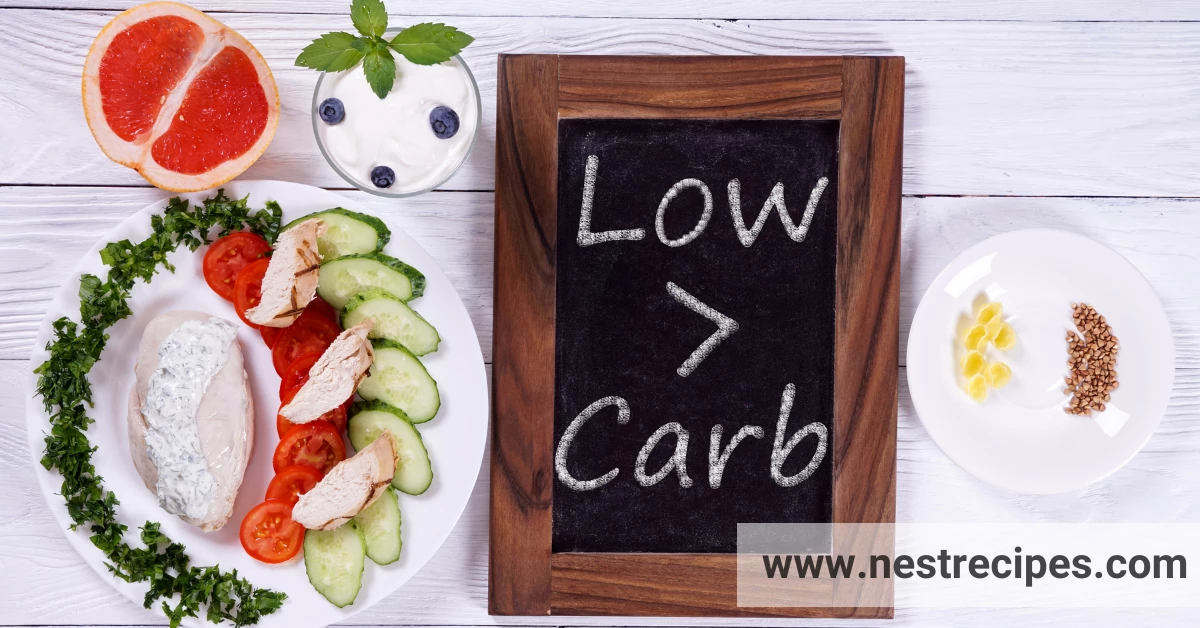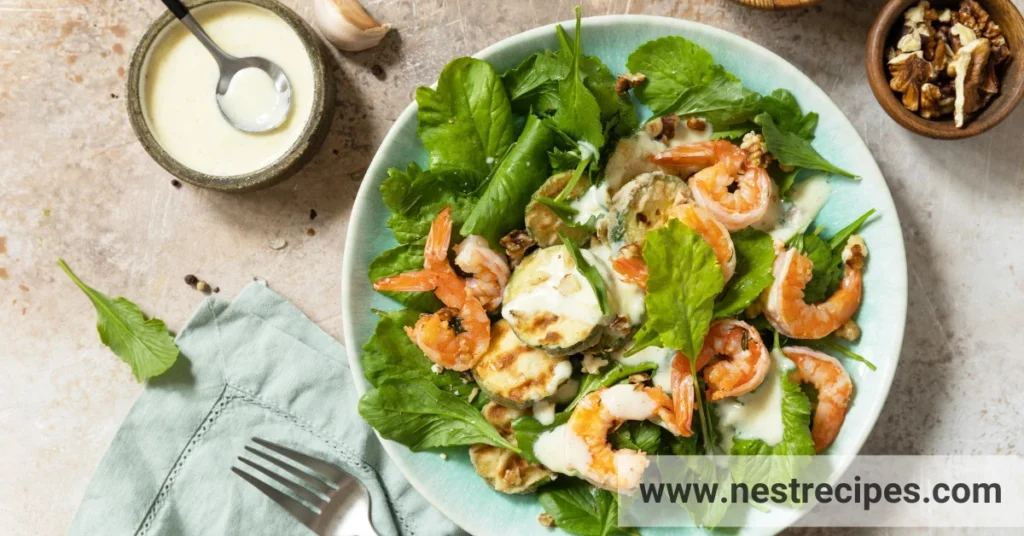Living a low-carb lifestyle can be one of the most rewarding health choices you make. Whether you’re aiming to lose weight, manage blood sugar levels, or simply feel better day to day, low-carb eating has a host of benefits. In this guide, we’ll walk you through everything you need to know about low-carb living, from getting started to staying consistent, and of course, enjoying Low-Carb Ultimate recipes that will keep you satisfied and full of energy.
Introduction to Low-Carb Living

What is Low-Carb Ultimate Living?
Low-carb living involves reducing your intake of carbohydrates while increasing your intake of proteins and healthy fats. By cutting out carbs like bread, pasta, and sugary snacks, your body begins to use fat as its main energy source. This switch can lead to weight loss, more energy, and improved mental clarity.
Benefits of Low-Carb Ultimate Diets
There are numerous benefits to following a low-carb diet. People who adopt this lifestyle often experience reduced appetite, quicker weight loss, better control over blood sugar levels, and a decrease in visceral fat (the dangerous fat stored around organs). Additionally, low-carb living can reduce the risk of chronic conditions like type 2 diabetes and heart disease.
Getting Started with Low-Carb Eating

Setting Realistic Goals for Low-Carb Ultimate Living
Before diving into low-carb living, it’s important to set realistic goals. Determine why you’re adopting this lifestyle and what you hope to achieve, whether it’s weight loss, better health, or increased energy. Start by gradually reducing your carbohydrate intake, and keep track of your progress to stay motivated.
How to Transition from High-Carb to Low-Carb
Transitioning to a low-carb diet can be easier than you think. Begin by replacing carb-heavy foods with low-carb alternatives. For example, swap out white bread for lettuce wraps or use cauliflower rice instead of regular rice. Gradual changes help your body adjust to this new way of eating without feeling deprived.
Essential Low-Carb Ultimate Foods to Stock Up On

Low-Carb Ultimate Vegetables and Fruits
Vegetables like spinach, kale, zucchini, and broccoli are low in carbs and high in essential nutrients. Leafy greens should be a staple in any low-carb diet. When it comes to fruits, stick to berries like strawberries, raspberries, and blackberries, as they are lower in sugar compared to fruits like bananas or apples.
High-Protein and Healthy Fat Options
To stay full and satisfied on a low-carb diet, focus on high-quality proteins like chicken, turkey, beef, and seafood. Healthy fats, such as avocados, olive oil, and nuts, also play a crucial role in providing energy and keeping you satiated throughout the day.
Delicious Low-Carb Recipes for Every Meal

Quick and Easy Low-Carb Breakfast Ideas
Start your day right with low-carb breakfast options like scrambled eggs with spinach, a veggie-packed omelet, or a chia seed pudding. These meals are not only low in carbs but also rich in protein and healthy fats to keep you energized.
Filling and Tasty Low-Carb Lunches
For lunch, consider a Cobb salad with grilled chicken, bacon, and avocado or a lettuce wrap filled with turkey and cheese. You can also make a tuna salad with olive oil and lemon juice for a quick, refreshing meal that’s perfect for low-carb living.
Flavorful Low-Carb Ultimate Dinner Recipes
Dinner doesn’t have to be boring just because it’s low-carb. Try grilled salmon with asparagus, a juicy steak with sautéed spinach, or zucchini noodles topped with pesto and shrimp. These meals are flavorful, nutrient-dense, and guaranteed to keep you satisfied.
Tips to Stay on Track with Low-Carb Ultimate Living

Meal Planning and Preparation
One of the best ways to stick to a low-carb lifestyle is to plan your meals ahead of time. Make a weekly menu and prepare your ingredients in advance so that you’re never caught off guard. This reduces the temptation to reach for carb-heavy convenience foods when you’re short on time.
How to Handle Cravings on a Low-Carb Diet
Cravings can be challenging, especially when you’re just starting a low-carb diet. To fight them, focus on healthy low-carb snacks like nuts, cheese, or a hard-boiled egg. Drinking plenty of water can also help curb cravings, as thirst is sometimes mistaken for hunger.
Common Mistakes to Avoid in Low-Carb Diets

Overeating Processed Low-Carb Ultimate Foods
While there are many packaged foods marketed as “low-carb,” it’s important to remember that not all of them are healthy. Many processed low-carb foods contain artificial ingredients and hidden sugars that can sabotage your progress. Focus on whole, natural foods whenever possible.
Not Getting Enough Fiber
Fiber is often overlooked on a low-carb diet, but it’s essential for digestive health. Be sure to include plenty of non-starchy vegetables, nuts, and seeds in your diet to meet your fiber needs and avoid constipation.
The Importance of Hydration and Exercise

Staying Hydrated on a Low-Carb Diet
When you cut back on carbs, your body loses water quickly, making it important to stay hydrated. Drinking enough water throughout the day is crucial for your energy levels and overall well-being. Herbal teas and water-rich foods like cucumbers can also help keep you hydrated.
How Exercise Supports Low-Carb Ultimate Living
Exercise is a great way to enhance the benefits of a low-carb Ultimate diet. Whether it’s strength training, cardio, or yoga, regular physical activity helps improve your metabolism and muscle tone. It also boosts your energy and can make the transition to low-carb living smoother.
Frequently Asked Questions About Low-Carb Ultimate Living
What are the long-term benefits of a low-carb diet?
Long-term benefits include sustained weight loss, improved insulin sensitivity, better mental clarity, and reduced risks of heart disease and type 2 diabetes.
Can I eat fruits on a low-carb diet?
Yes, but stick to low-sugar fruits like berries. Avoid high-carb fruits such as bananas and grapes.
How many carbs should I eat per day on a low-carb diet?
It varies depending on your goals, but most low-carb diets recommend between 20 to 50 grams of net carbs per day.
Is it okay to have cheat days on a low-carb diet?
Occasional cheat days won’t ruin your progress, but it’s important to get back on track quickly. Frequent cheat days can make it harder to achieve your goals.
Can a low-carb diet help with weight loss?
Yes, many people find that reducing carbs helps them lose weight by reducing appetite and promoting fat burning
